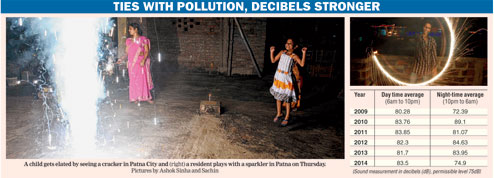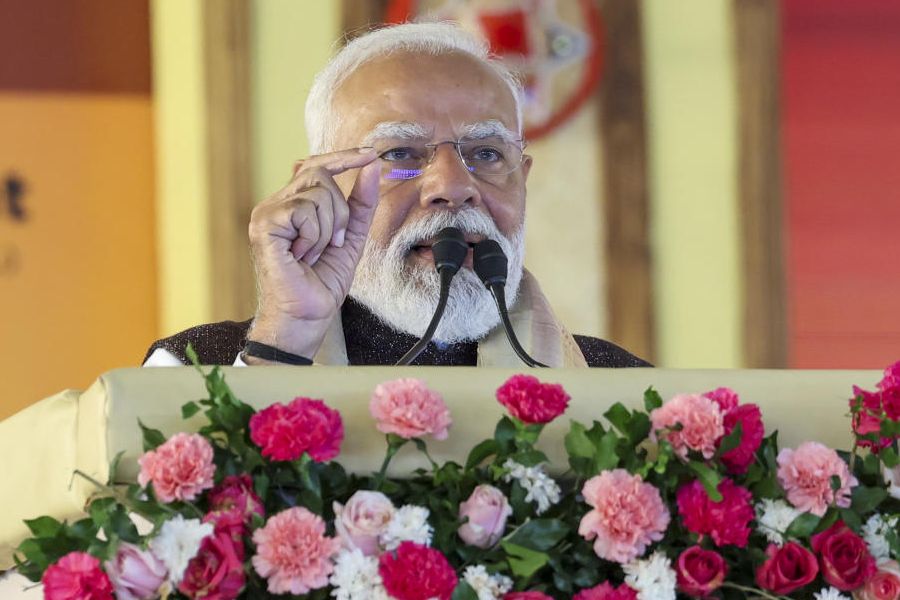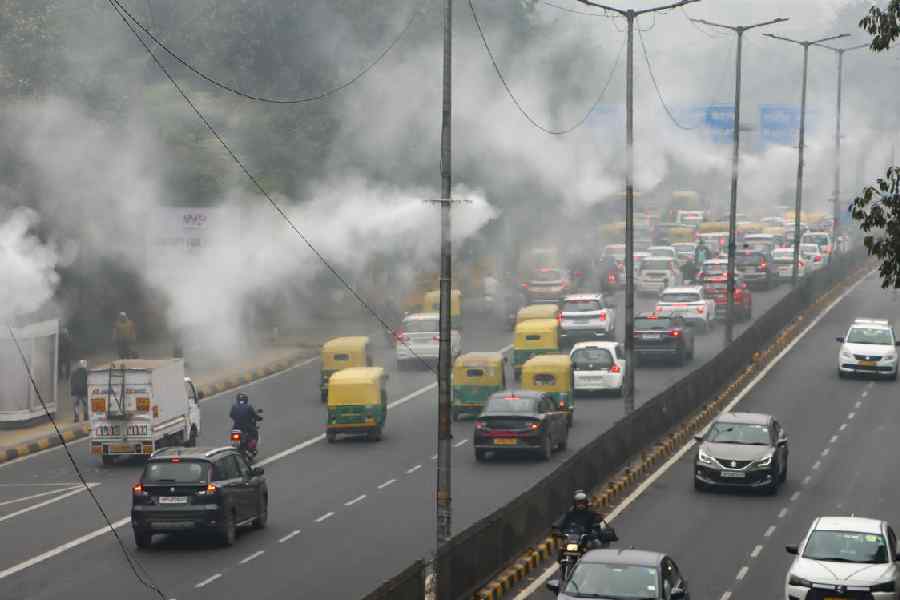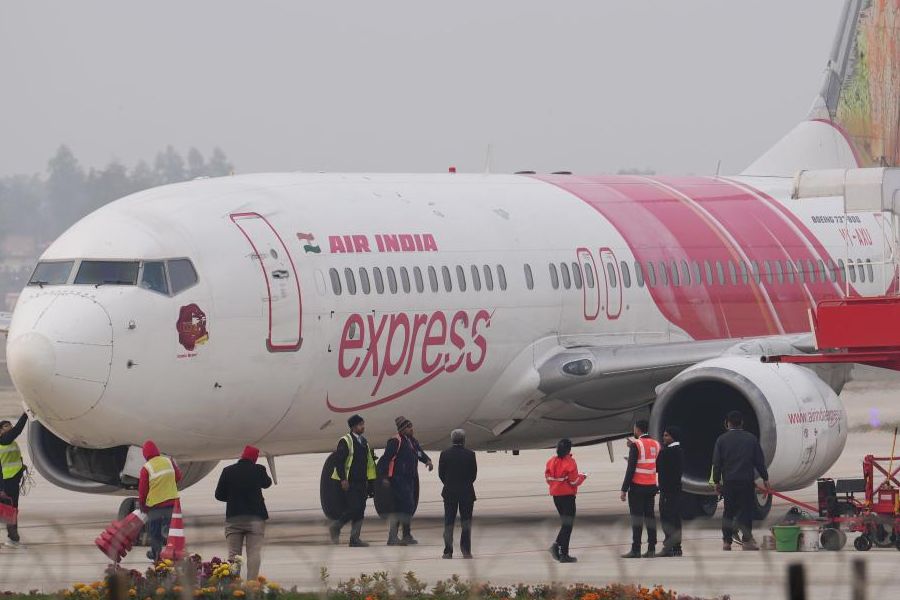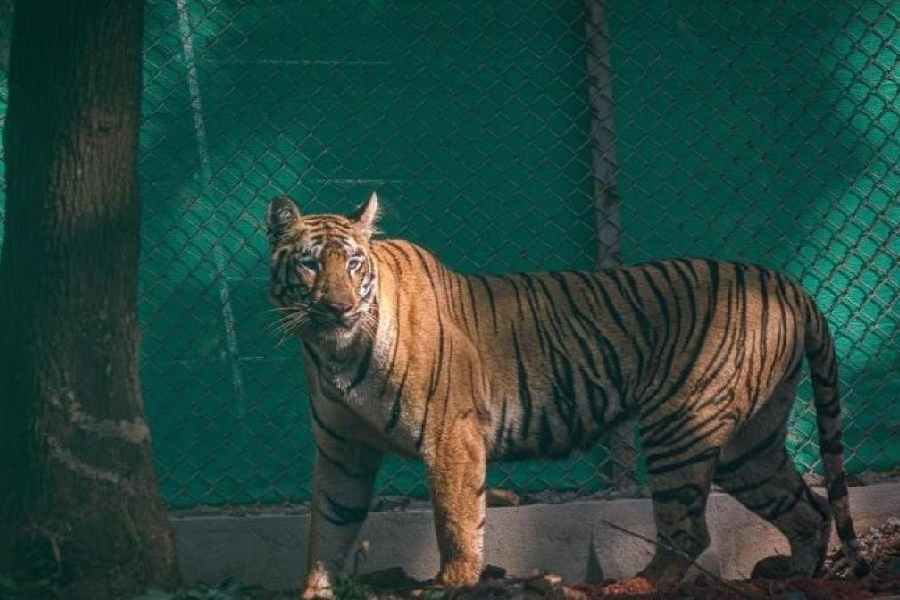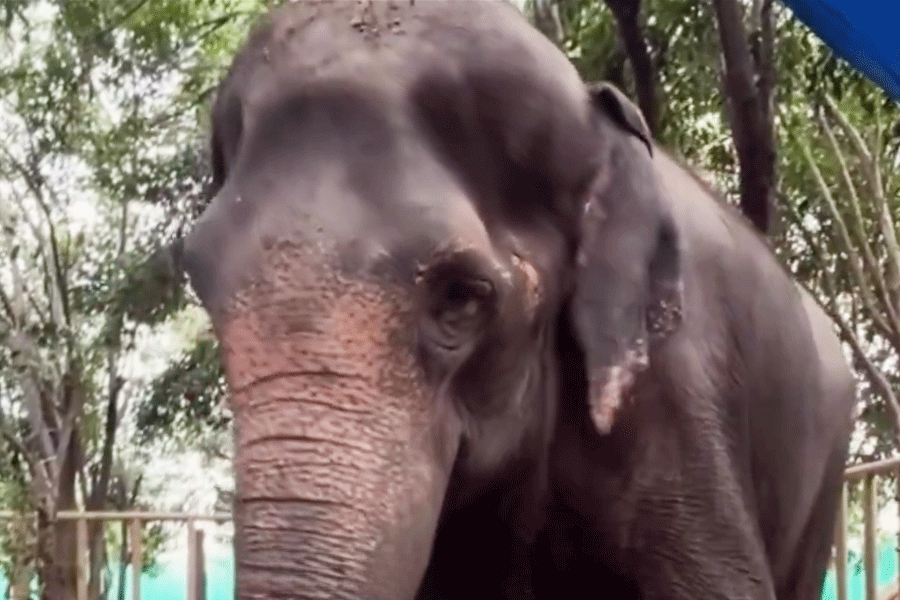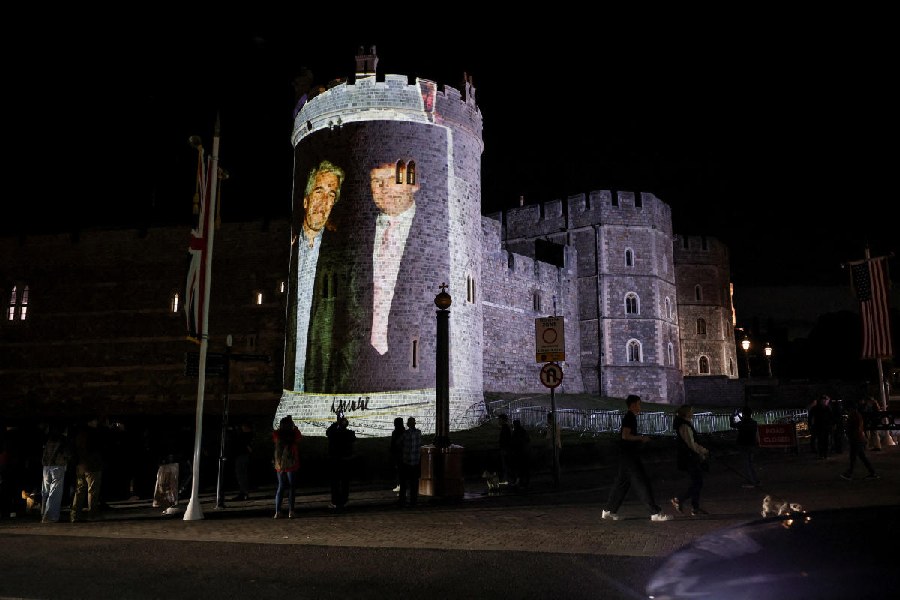 |
Myriad colours from fireworks lit up the city’s skies on Diwali night and high-decibel crackers completed the picture, violating noise and pollution norms.
The festival of lights was celebrated with much gusto in the city, accompanied with the usual violation of noise and air pollution norms.
The Bihar State Pollution Control Board (BSPCB)’s report on noise and air quality monitoring on the occasion of Diwali revealed that the actual measurement on both parameters crossed the respective standards.
For instance, respiratory suspended particulate matter (RSPM) — fine particulate matter that invades the lungs and triggers respiratory diseases and cancer — was recorded at 991 microgram per cubic metre of air, nearly 10 times more than the respective standard of 100 micrograms per cubic metre.
Violation of noise pollution norms was also found to be rampant on Diwali night. Despite repeated directives by the authorities about prohibition on bursting crackers after 10pm, the actual noise level between 10pm and 11pm on Thursday night was measured at 99.7 decibels (dB), exceeding the permissible level of 75 dB.
“Though a decreasing trend had been observed in noise pollution on the occasion of Diwali over the past few years, it increased this year as compared to the corresponding figures in the previous year. The noise level measured between 10pm and midnight revealed that people burnt crackers despite a ban on the same after 10pm,” said Subhash Chandra Singh, chairman, BSPCB.
According to data provided by BSPCB, the average noise level during the peak timing (6pm to 10pm) was measured at 83.5dB, which was measured at 81.7dB on the night of Diwali in 2013. (See Graphic)
BSPCB furnished the details by monitoring the air and noise levels through its portable device at the Boring Road crossing.
The monitoring of the air quality level was conducted between 6am and 6pm, whereas the same for noise level testing was done between 6pm and midnight on Thursday. In order to compare the air and noise pollution level on Diwali with other days, BSPCB monitored the two parameters on October 15 as well.
“Apart from alarmingly higher level of RSPM, the level of nitrogen dioxide between 6pm and 10pm was measured at 98.4 micron per cubic metre, which is significantly higher than the respective standard of 80 micron per cubic metre,” said Arun Kumar, a scientist at BSPCB. Patna is apparently a noisy city. This is primarily because of needless honking. The situation is worse in silent areas and residential zones, where the prescribed sound limit is 50dB and 55dB, respectively but the actual level of sound generated is even higher than 100db.

